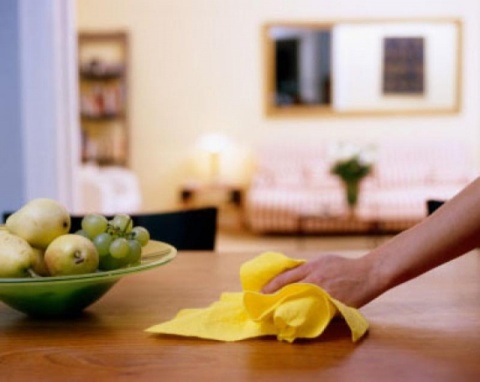Our homes are places of safety where our health is protected from negative external impacts, right? These might include atmospheric pollution or illnesses that are spread in crowded environments. As it happens, however, you’d be wrong to assume that staying indoors automatically means guaranteed immunity from ill health. In fact, some internal environments could make you unwell or exacerbate your existing medical conditions. Here’s a quick guide to what you should be aware of.
How clean is your home?
Of course your home is clean. You probably undertake some cleaning tasks every day of the week so your kitchen, living areas, bedrooms and bathrooms are maintained to a high standard. Despite this however there are bacteria that live on surfaces that you may not always reach.
Carpets, area rugs and heavy drapes, harbor dust mites, for example, while pet dander can trigger asthma and other allergic reactions. Dander is a combination of fur or feathers and dead skin cells, and one way to minimize it is to let your pet have as much outdoor time as possible.
Another way is to bar them absolutely from bedrooms and keep them away from carpeted areas. In any case always use a professional firm to clean your carpets and upholstery.
Disinfectants kill germs and viruses, which can be of considerable help, so use them where they could make a difference. If you or family members do develop allergies caused by internal factors you may have to administer antihistamines or other medications to combat these.
Lifestyle factors
Besides keeping pets, allergies can also be caused by other lifestyle factors. The National Center for Health Statistics found that 8.6 percent of children aged up to 18 years and 7.4 percent of adults suffer from asthma (2014 figures). Other allergies among children under 18 years, recorded during a 12 month period, included hay fever (8.4 percent); skin allergies (11.6 percent) and allergiescaused by food (5.4 percent).
When you inhale smoke or dust this damages your lungs, making it difficult for them to clear away the detritus. Obviously, if you smoke tobacco you are damaging your own health as well as the health of those who have to share your environment.
Secondary or passive smoking is now known to cause cancer and a range of other diseases so even if you find it impossible to stop smoking for your own sake, at least be mindful of the effect it is having on those around you, especially if you smoke indoors and at home.
Expert tip
Spring cleaning became part of good housekeeping folklore for a very good reason. Giving your home ‘a good bottoming’ meant getting into all the dark corners you dared not visit during winter until the arrival of longer days and warmer weather. Take the opportunity to sort out all those neglected areas that should be tackled at least once per year.
